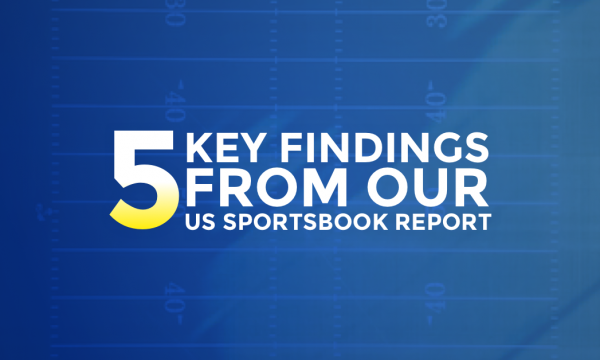Traditionally, e-gaming has been a somewhat fragmented sector. Many of the leading brands offer various services and products, including casino, slots, bingo, poker and sports betting, and they have targeted different audiences for each one in turn.
Different audiences have prompted different strategies across social media channels by these brands. If they feel the sports betting crowd is demographically different from the slots crowd, then it seems to make sense to speak to them individually, utilising different communication modes and platforms.
Of course, there are knock-on effects of engineering a different social media profile for each product vertical. Cost is an obvious one. Rather than economies of scale from re-using content across various platforms, brands soaked up the cost of not only manufacturing content across the different product areas, but also deploying and monitoring them. When brands wanted to target certain audiences with promotions, they had to do it several times over to smaller, disparate groups. It may feel like precision targeting, but it’s ineffective.
When your customers are consigned to several different social media silos, it makes it challenging to cross-sell products. There may not be much cross-over between bingo and sportsbook, say, but poker and casino customers will certainly bleed over into each other. If you can’t speak to both at the same time, it hinders conversion.
Bringing social under one roof
Not all of the brands are looking at consolidating their accounts into one single online community. 32Red still delineates their bingo, casino and poker channels. However, the likes of Paddy Power, Betfair and Unibet are going the other way and bringing their audiences together.
Our social media performance analysis focusses on quality rather than quantity when it comes to metrics. Some of these brands have a much bigger audience than others, but we want to look at how that audience is being engaged, so that’s why our scorecard takes into account more factors than just volume.

As the scorecard shows, Paddy Power are at the front of the pack here with a score of 95/100. They’ve got the volume, but their content is also generating engagement from their audience. The nearest brand to them is Betfair with 78 out of 100.
The analysis also points up the way brands have consolidated their social channels. Sportsbook remains key for some of these brands due to the large volume of reactive content it generates. By way of contrast, dedicated casino brands including Bgo.com and Gala Casino, rank towards the bottom because of the different nature of their sector, which is traditionally light on content.
Paddy Power’s score is also testament to the way in which they’ve baked their social media channels into their main site to maximise customer engagement. The other big players are also starting to become effective in delivering a sense of community to their audiences.
A holistic strategy
Key to Paddy Power’s success on this scorecard is that they’ve ensured impressive levels of engagement across the spectrum of social media channels. They’re second on YouTube views, but lead the field on all the other essential metrics including retweets, content amplification and Facebook shares.

Contrast that with Bgo.com, who are failing to achieve Facebook and Twitter engagement, and we can see that other brands are also labouring in terms of multi-channel consistency.
If these brands are going to acquire and retain customers, they’ll need to address the issues with their social campaigns. For those brands with multiple gaming verticals, consolidation is clearly a key strategy. For those brands focussed on one game, such as bingo or slots, the challenge is to deliver content and a way for conversations to happen.


